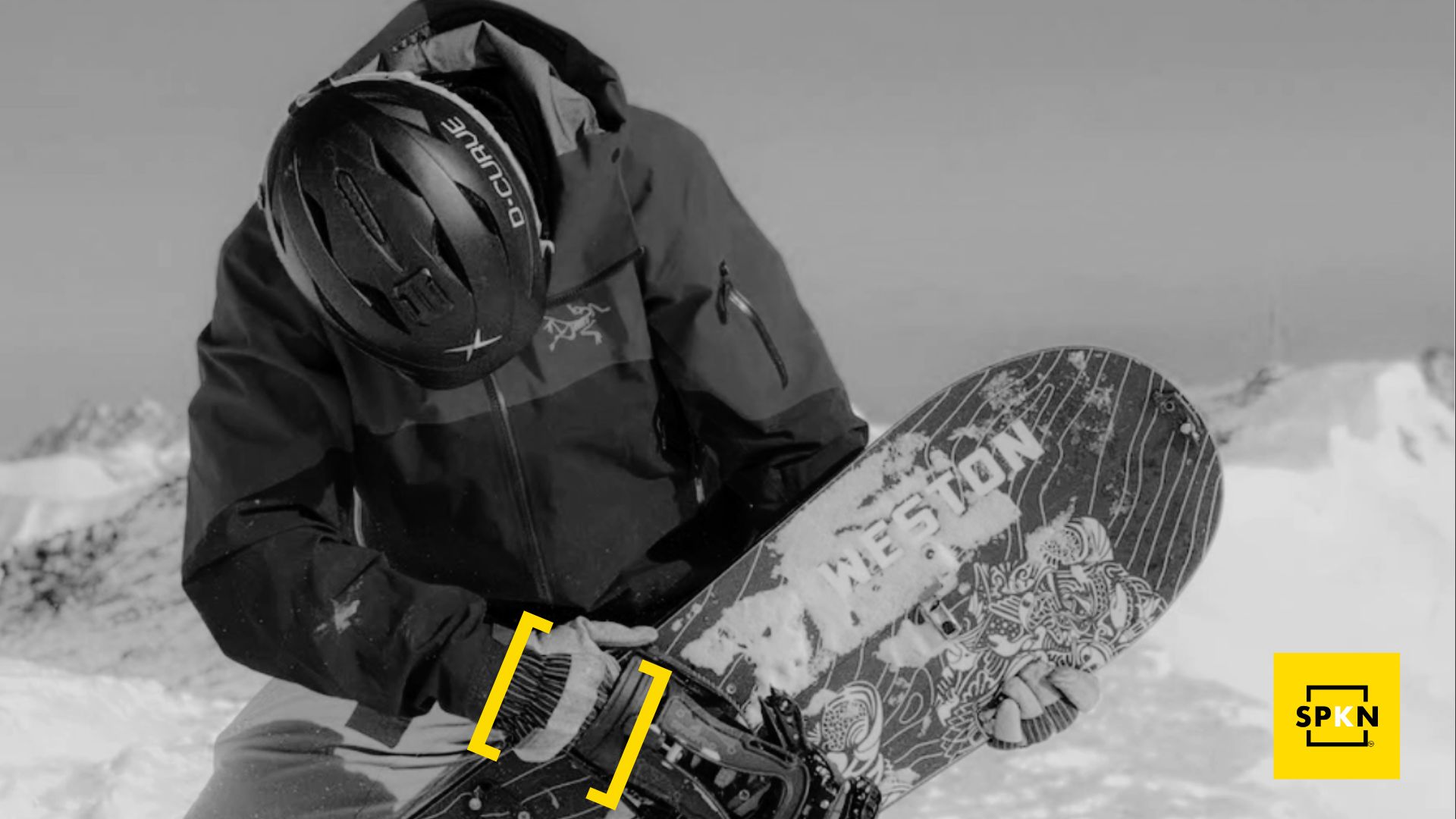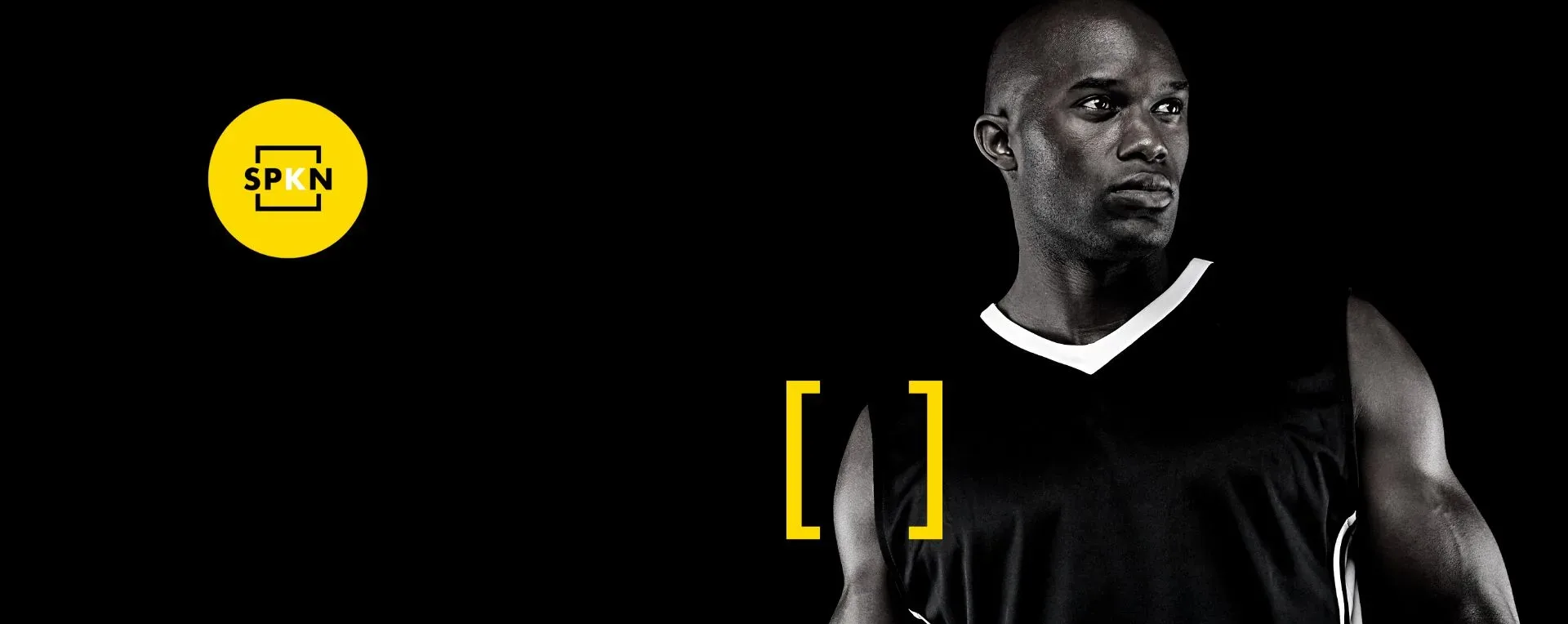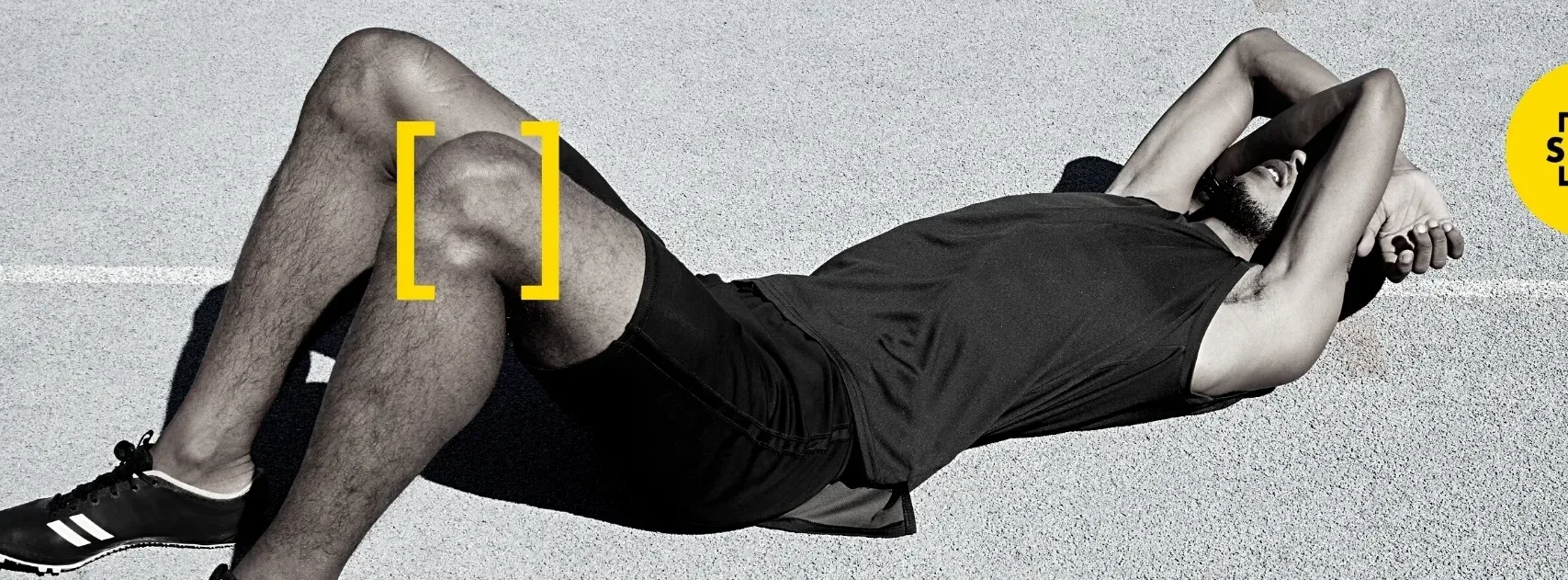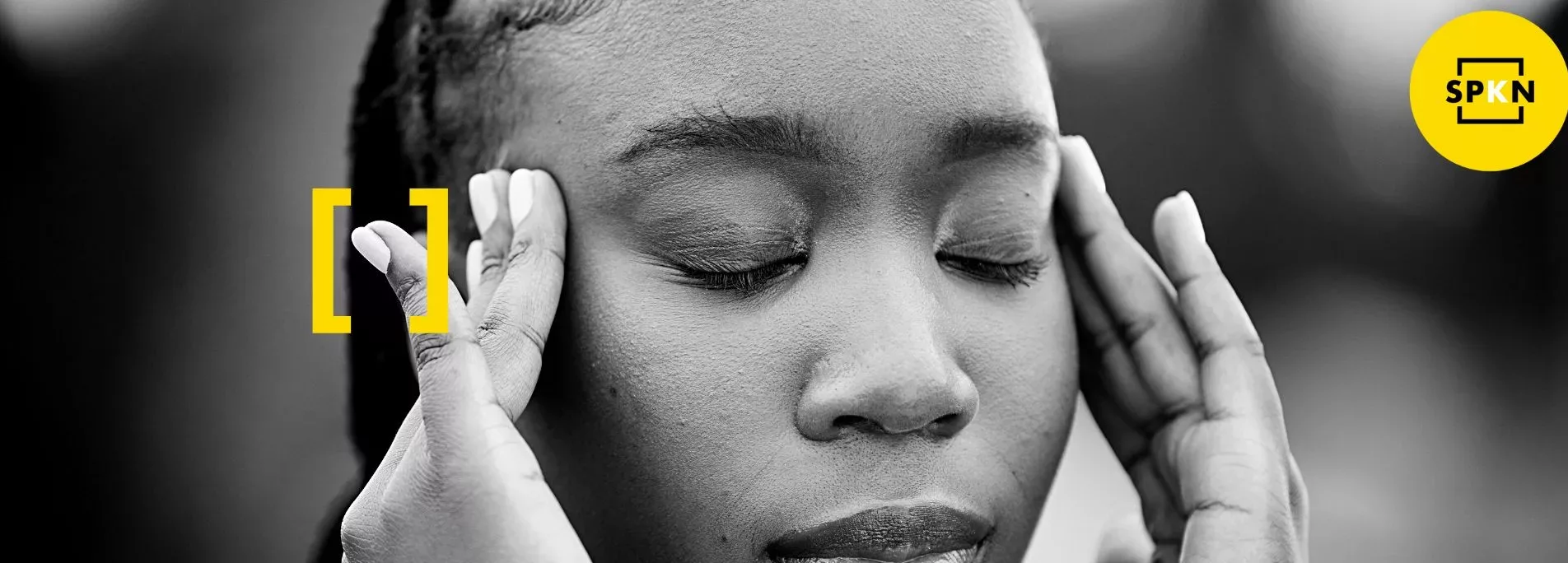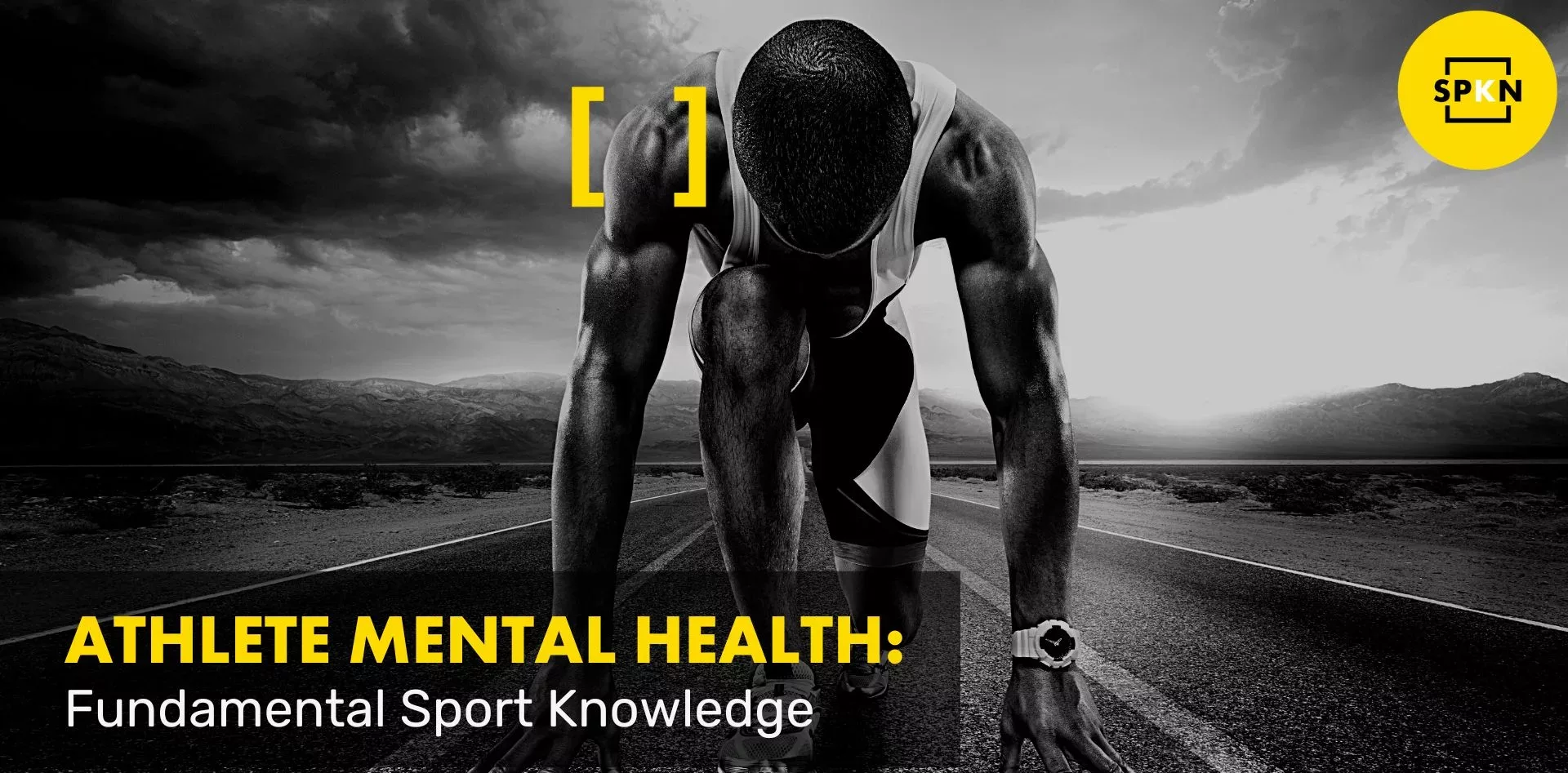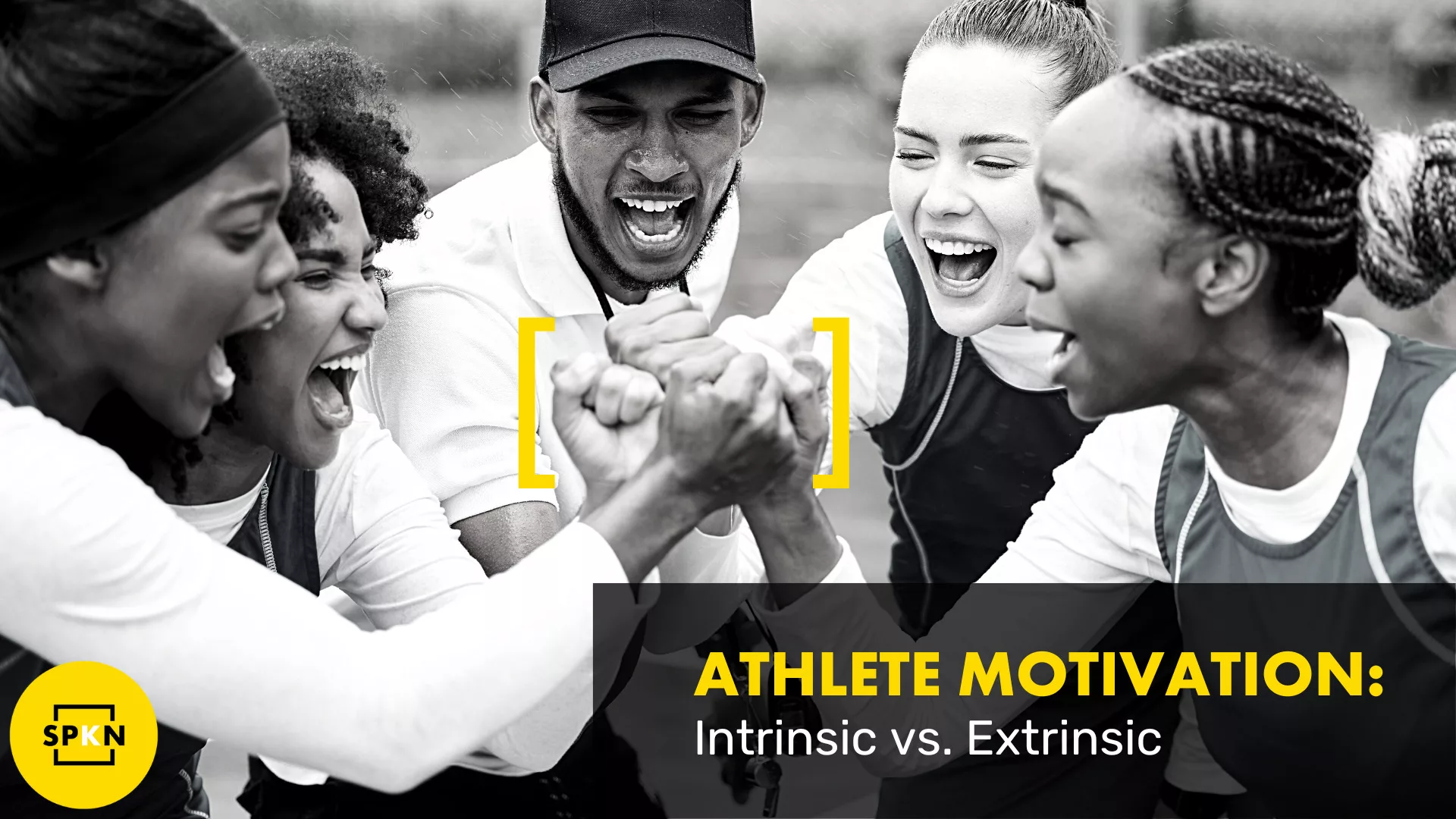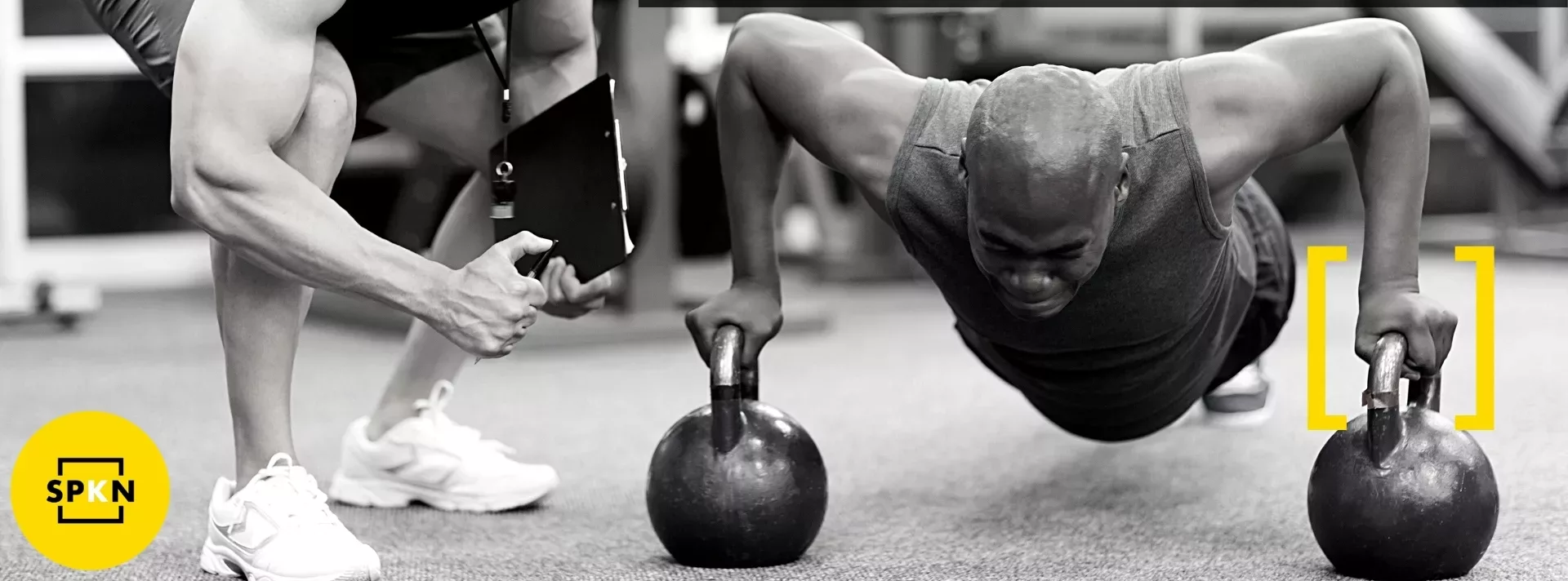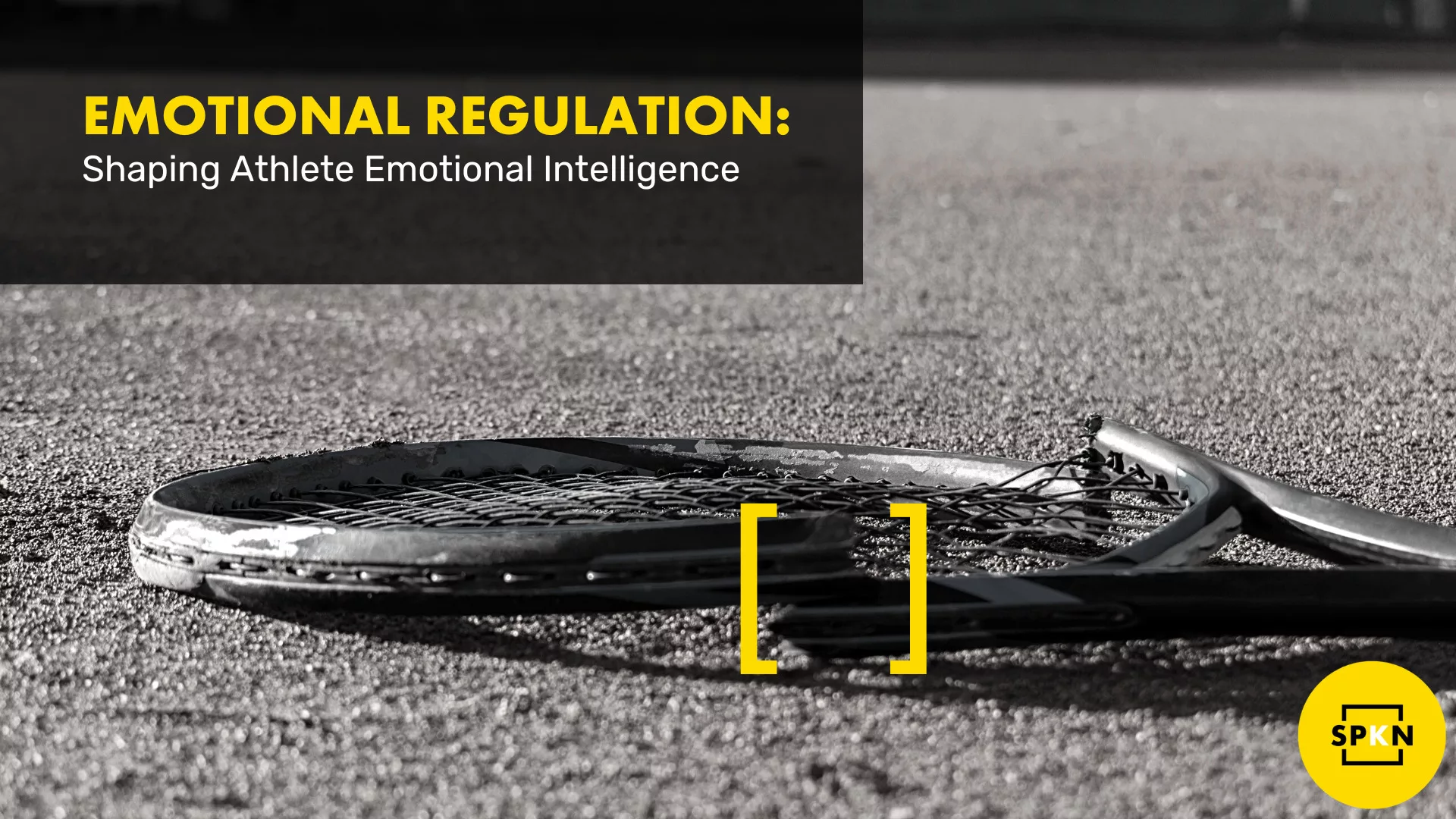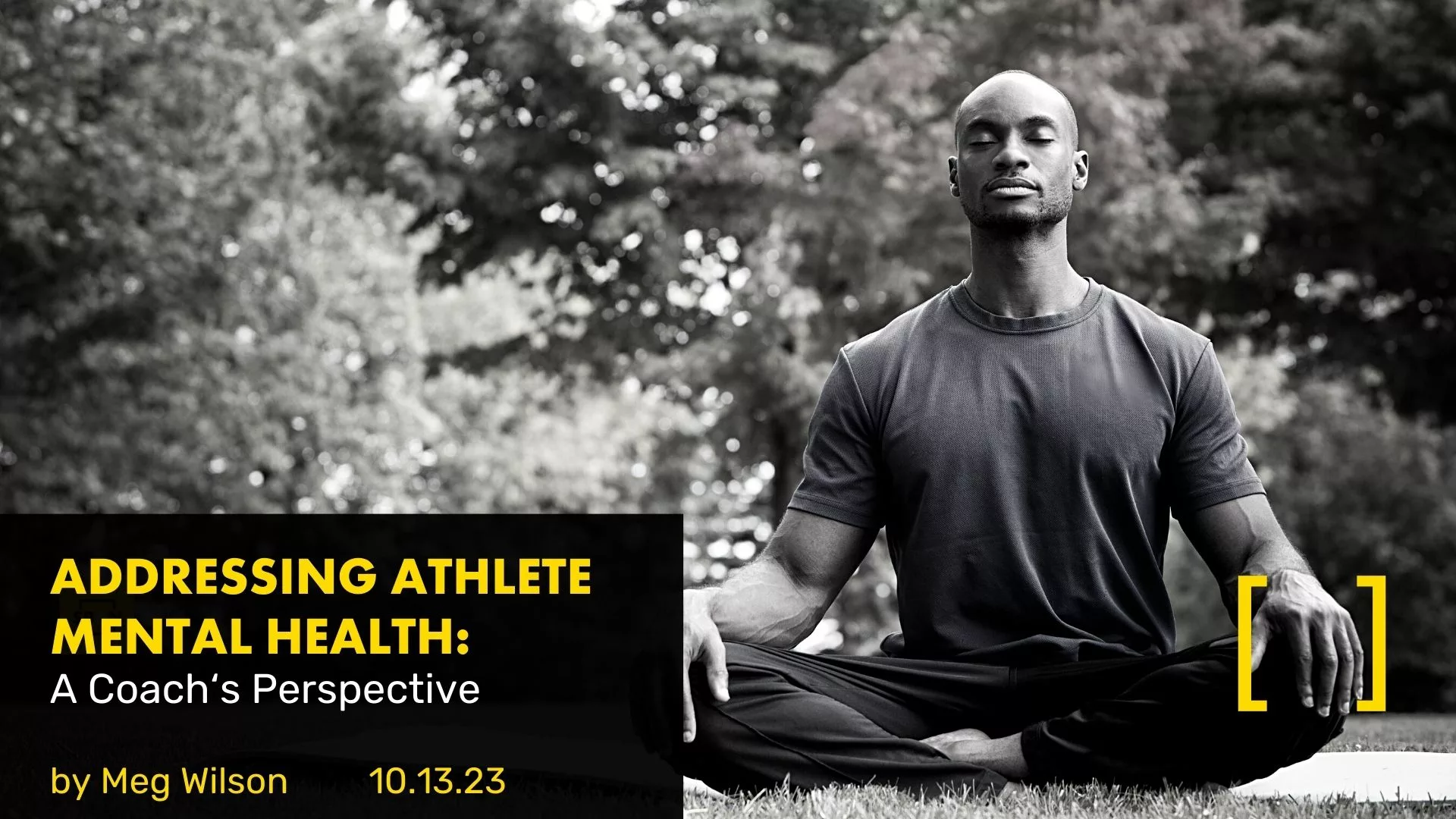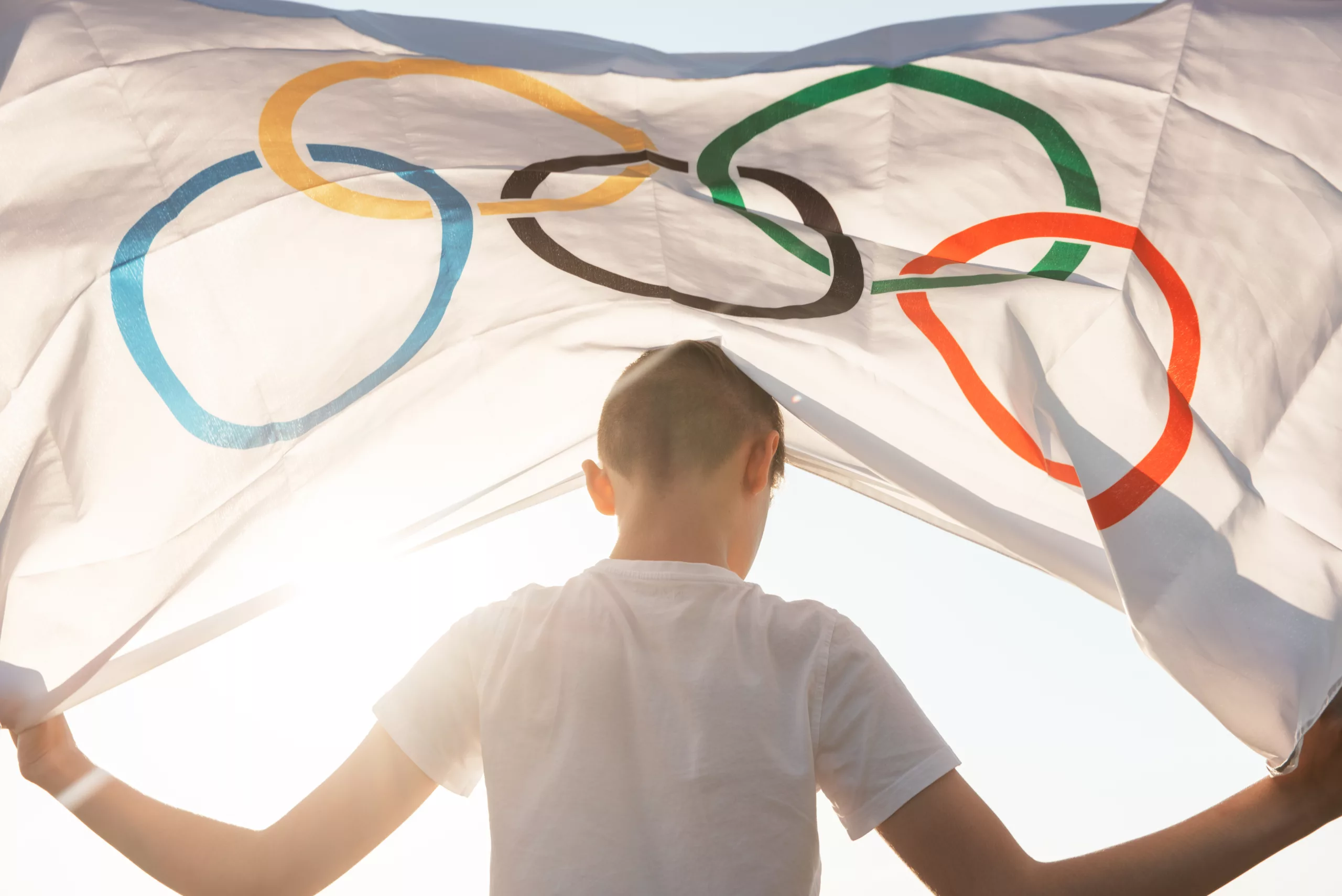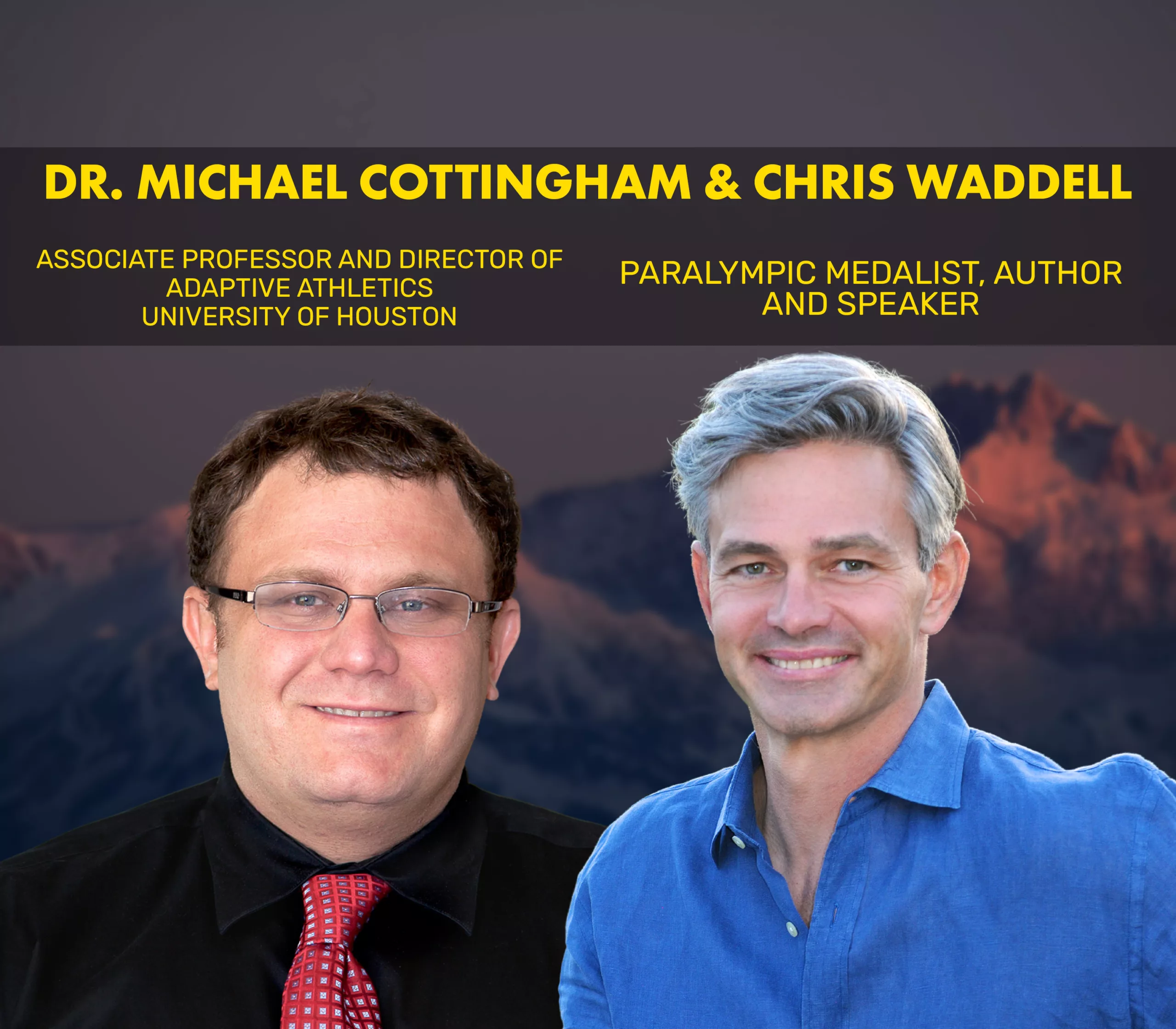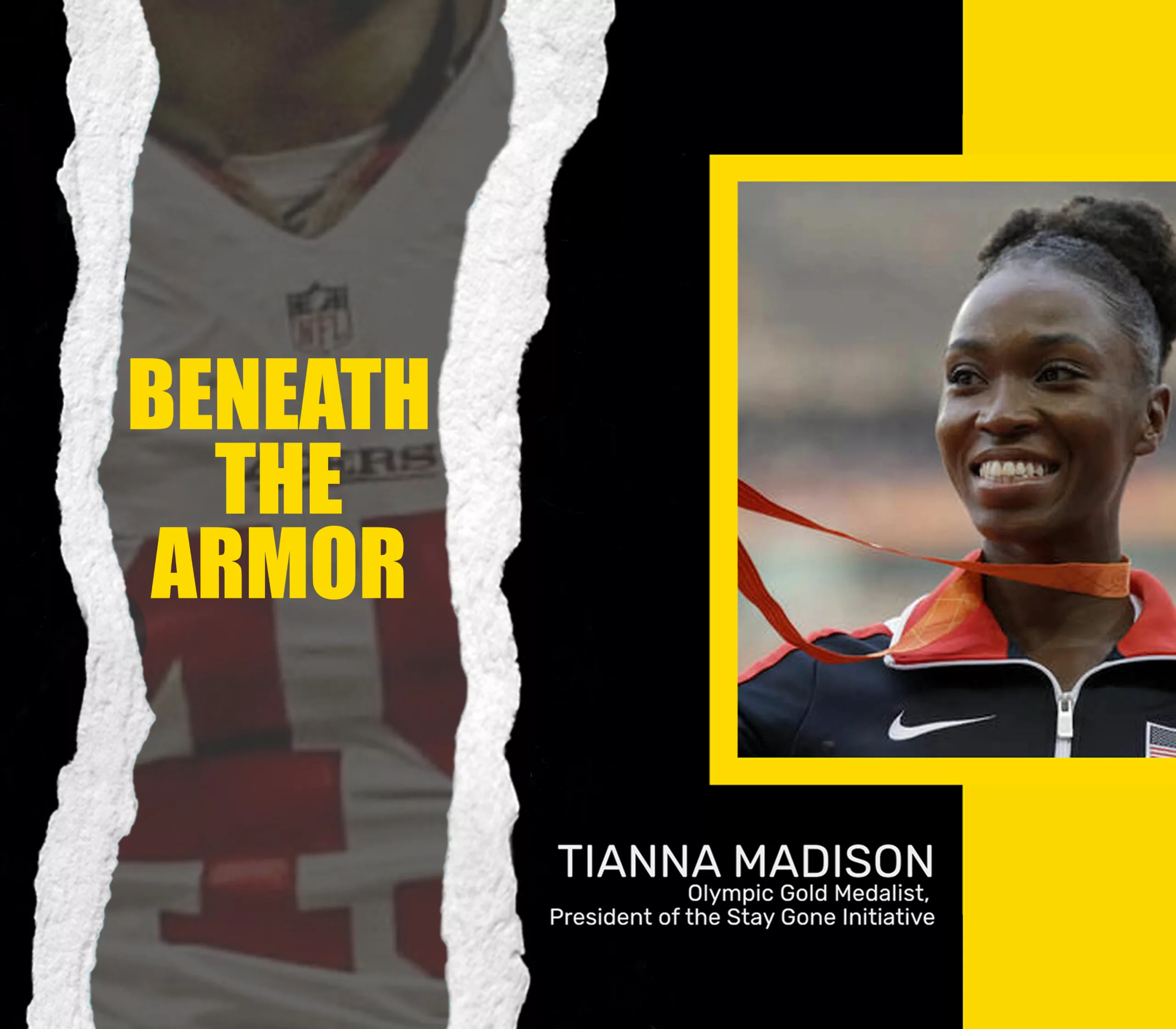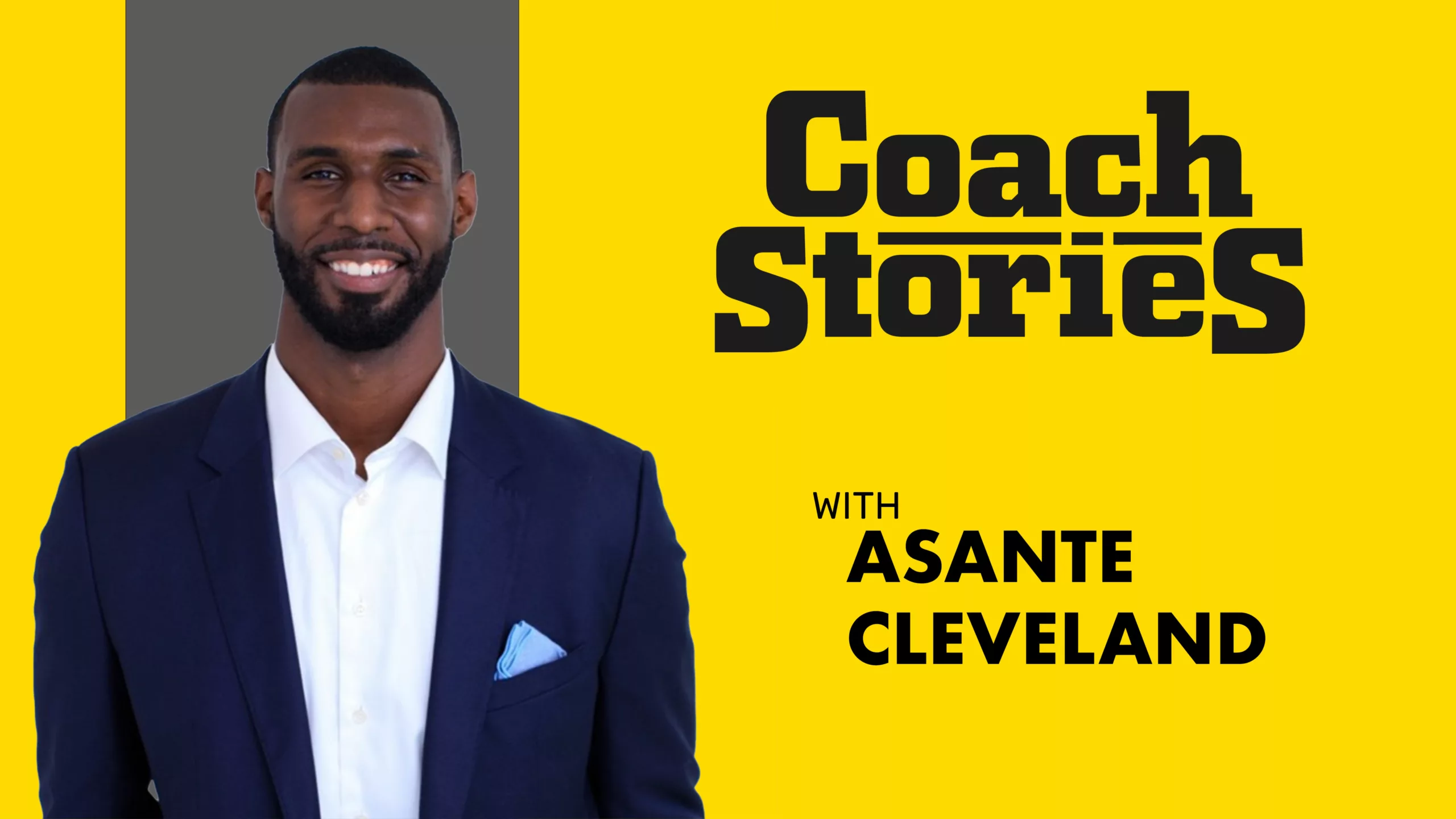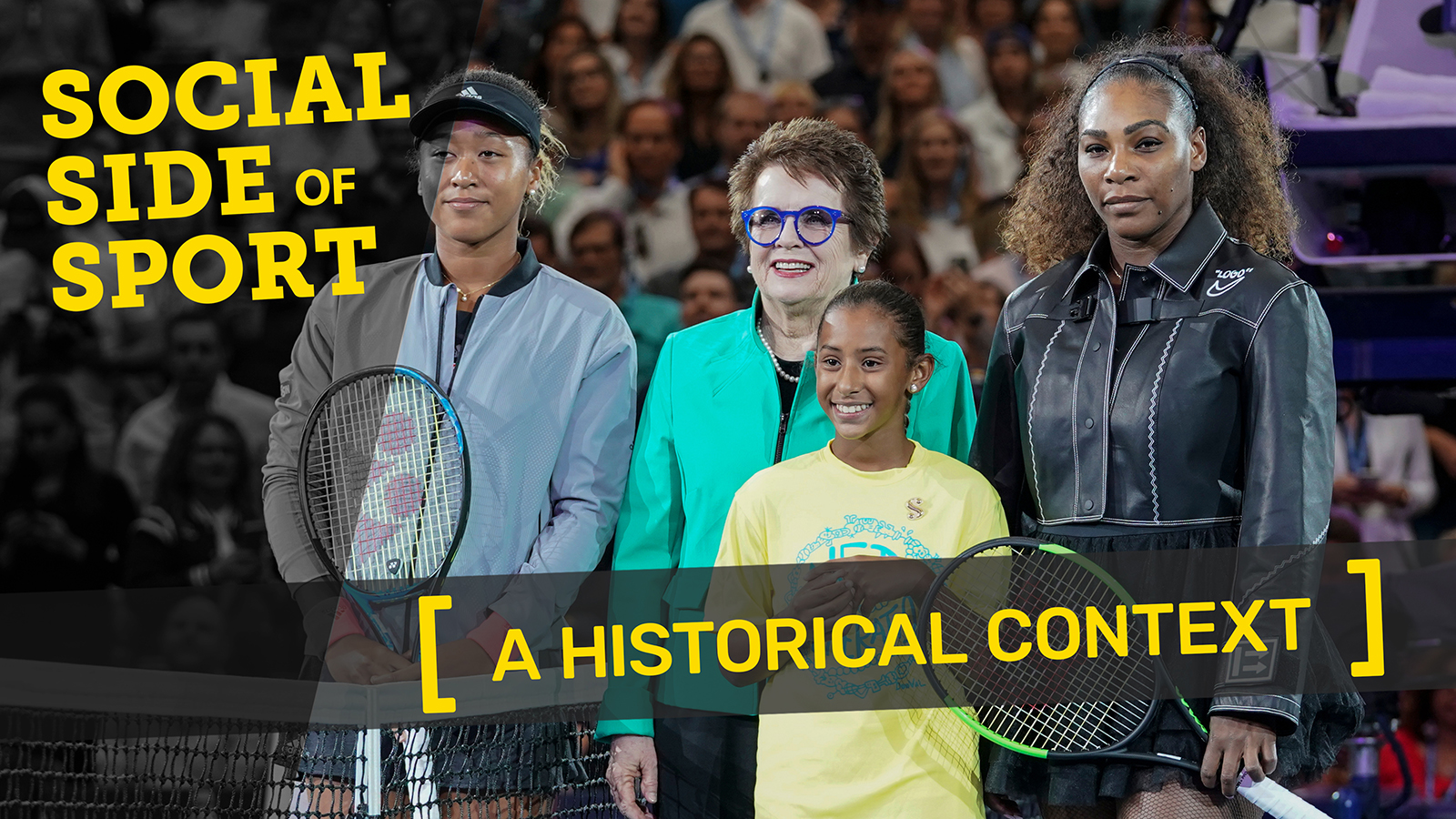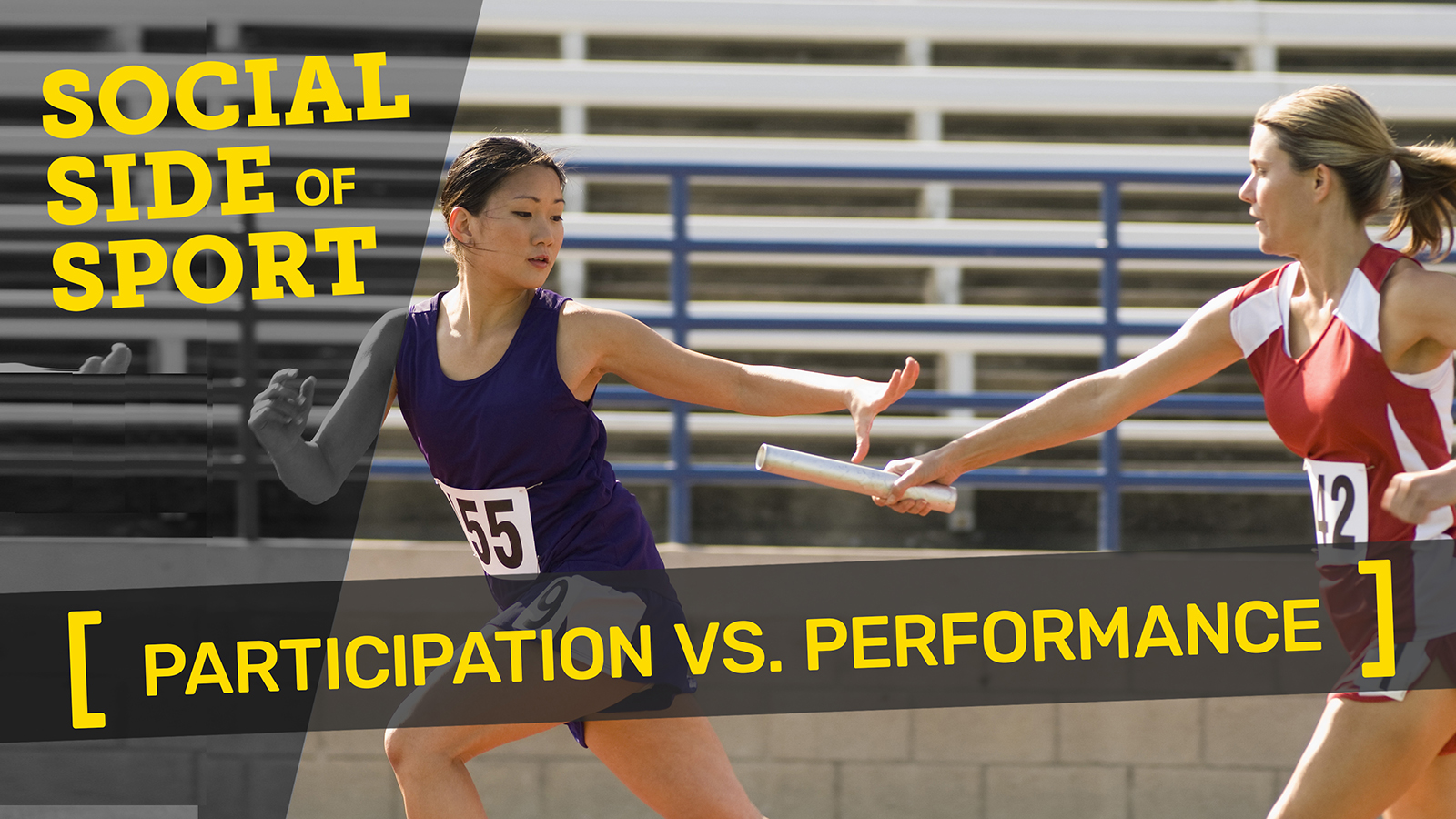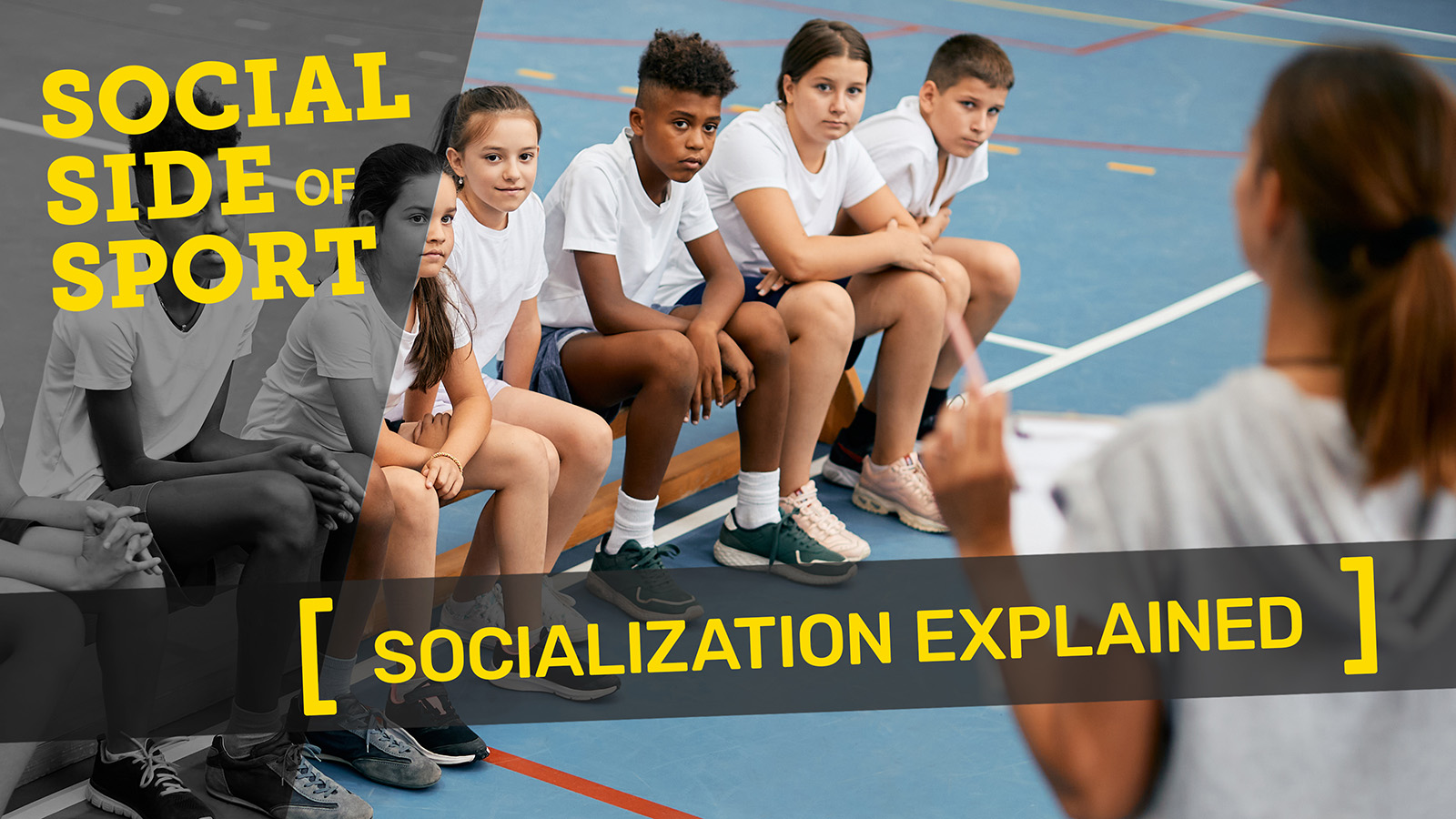An explanation or even definition of this term has to refer to a certain perspective, e.g., the evolutionary perspective and conceptual framework that is, e.g., a system theory in general or in terms of a biological, physiological, psychological, social, or cultural system.
Furthermore, interpretations of adaptation can refer to a process, e.g., in development, a state or/and a level of development. Hans Selye (1946) introduced a general adaptation syndrome explaining the reaction to stress in regard to a typical course of time:
alarm phase, initiation, or activation of defense forces as an immediate reaction of the organism to an excessive demand.
Resistance phase, characterized by an adaptation on a lower level.
Exhaustion phase or state in which the energy for adaptation is depleted.
In psychology, probably the most relevant conceptualization of adaptation is done by Piaget (e.g., 1981) in regard to his evolutionary perspective of cognitive development. Adaptation is regarded to be a principle of development comprising the two subprocesses of ‘assimilation’ and ‘akkomodation.’ Adaptation in this context means a process that is continuously running between organisms and their environment to adapt. The (sub-)process of assimilation is characterizing the utilization of a preexisting structure to new circumstances (e.g., a child is using the cognitive structure ‘ball’ to subsume the just a first time spotted balloon).
More general ‘assimiliation’ is indicating the integration of external elements in already developed or developing structures of an organism.
Akkomodation characterizes the complementary (sub-)process in which the structure is adapted to the circumstances in case these circumstances cannot be assimilated (e.g., in case the child realizes that the balloon is not the same as the balls with which he or she has dealt). Both of these (sub-)processes are closely interrelated and building a balance referred to as ‘equilibrium.’
The equilibrium designates the attainment of a balance between assimilation and akkomodation
inside a subsystem (‘horizontal equilibration’), e.g., in a certain knowledge schema or structure, as well as
between different subsystems (‘progressive equilibration’), e.g., between various knowledge schemas.
In sport psychology, adaptation has also been related to elite athletes’ careers and specifically to indicate problems in the transition from one stage of development to another (Stambulova, Alfermann, Statler, & Côte´, 2009). Explorations have been undertaken to examine the career stages of professional ice hockey players, amateur and professional boxers in relation to high profile tournaments, and also with elite athletes undergoing cultural transitions post-settlement in an unfamiliar country or region. This latter transition of cultural learning on the part of newcomers and host communities has become increasingly prevalent with global migration for immigrant families and also for aspiring elite athletes seeking transnational opportunities (see acculturation; Ryba, Stambulova, & Ronkainen, 2016).
The theoretical frameworks utilized to exemplify these changes in careers, and also in relation to athletic retirement, have varied. What remains consistent, though, across these studies is that adaptation is a two-way change process comprised of movement on the part of athletes and those working with them in their performance and broader life environments.
References
Piaget, J. (1981). Die Entwicklung des Kindes (The development
of the child). Frankfurt/Main: Fischer.
Ryba, T. V., Stambulova, N. B., & Ronkainen, N. J. (2016).
The work of cultural transition: An emerging model.
Frontiers in Psychology, 7, 427.
Selye, H. (1946). The general adaptation syndrome and the
diseases of adaptation. Journal of Clinical Endocrinology, 6,
117 230.
Stambulova, N., Alfermann, D., Statler, T., & Coˆte´, J. (2009).
ISSP Position Stand: Career development and transitions of
athletes. International Journal of Sport & Exercise
Psychology, 7, 395 412.
***Contributed by Dieter Hackfort & Robert J. Schinke for Hackfort, D., Schinke, R. J., & Strauss, B. (Eds.). (2019). Dictionary of sport psychology: sport, exercise, and performing arts. Academic Press.
(https://amzn.to/3ZxARzT)


